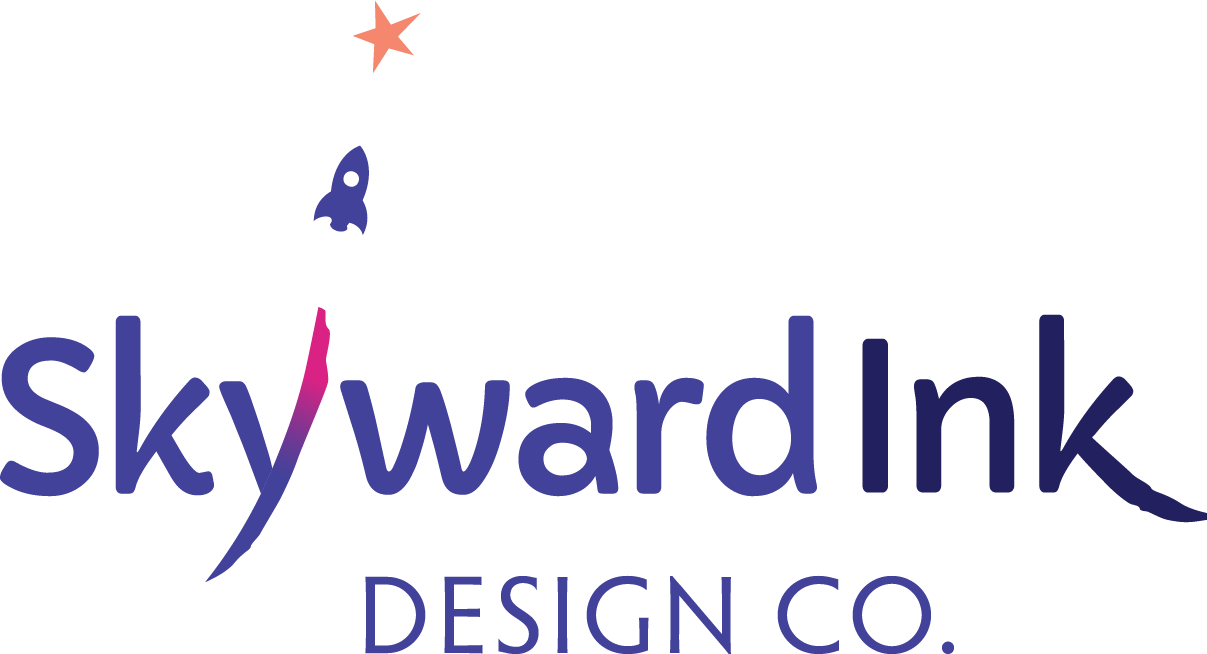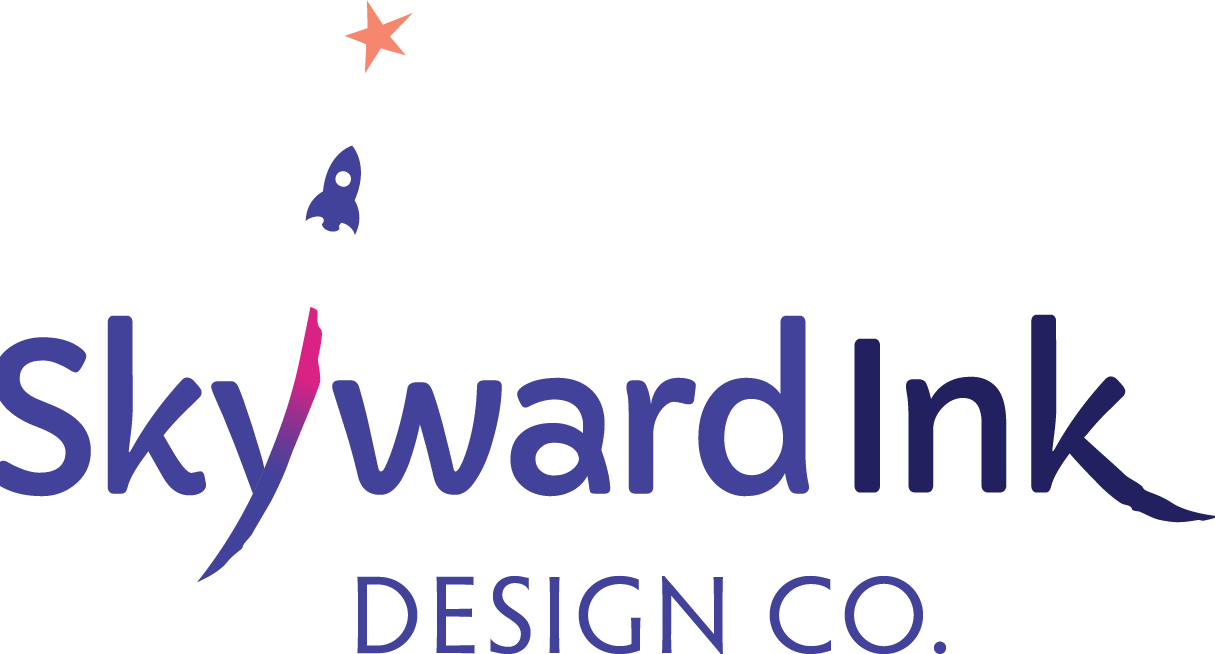The Challenge
Coach Molly Mahar needed workbooks for her annual Holiday Council workshop that would evolve each year based on participant feedback and design trends. From 2017-2020, the workbooks had to feel fresh and current while maintaining the functional excellence that workshop participants needed for their holiday planning and reflection work. Each year required balancing trendy visual appeal with practical usability for busy people managing stress.
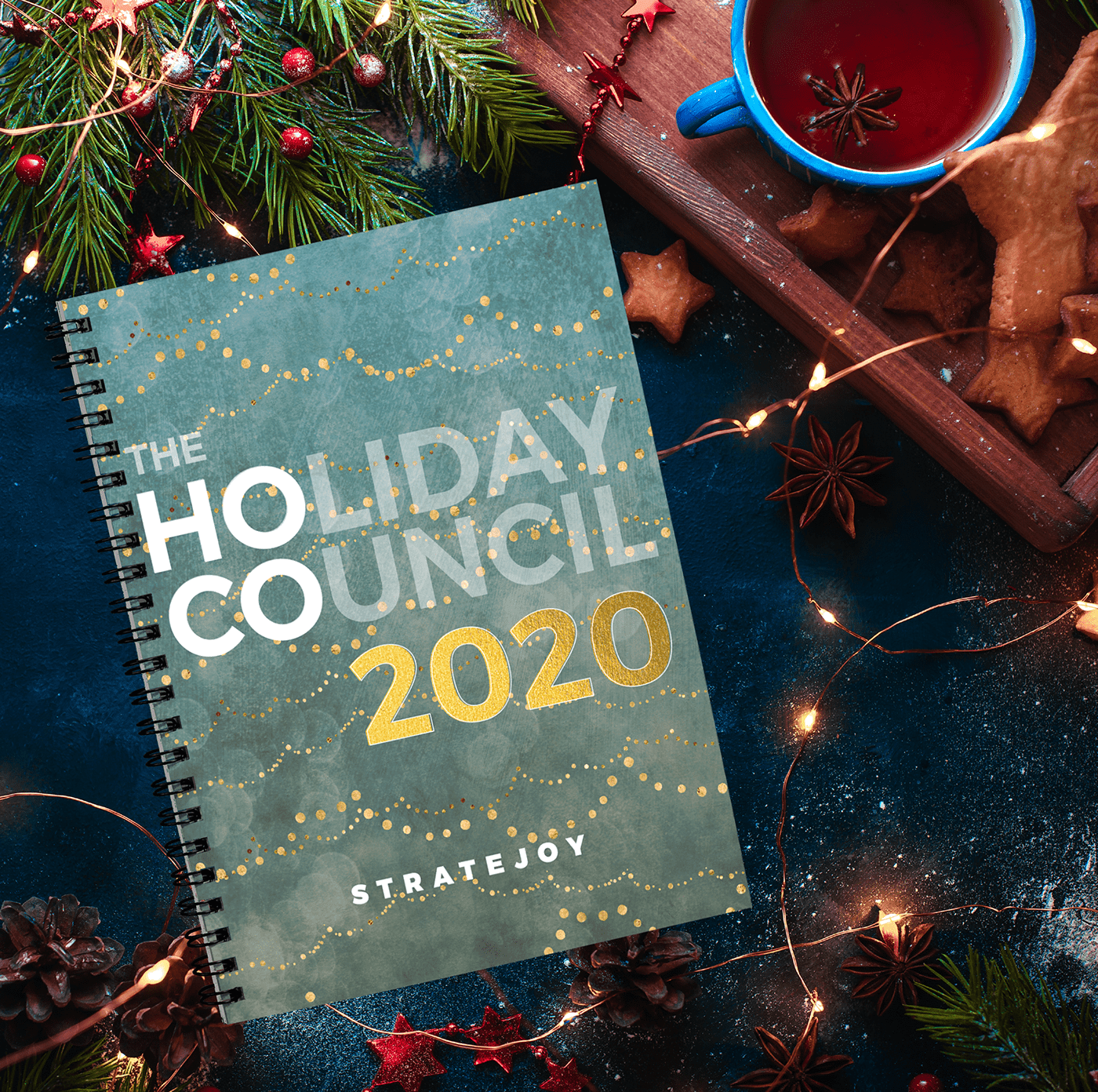
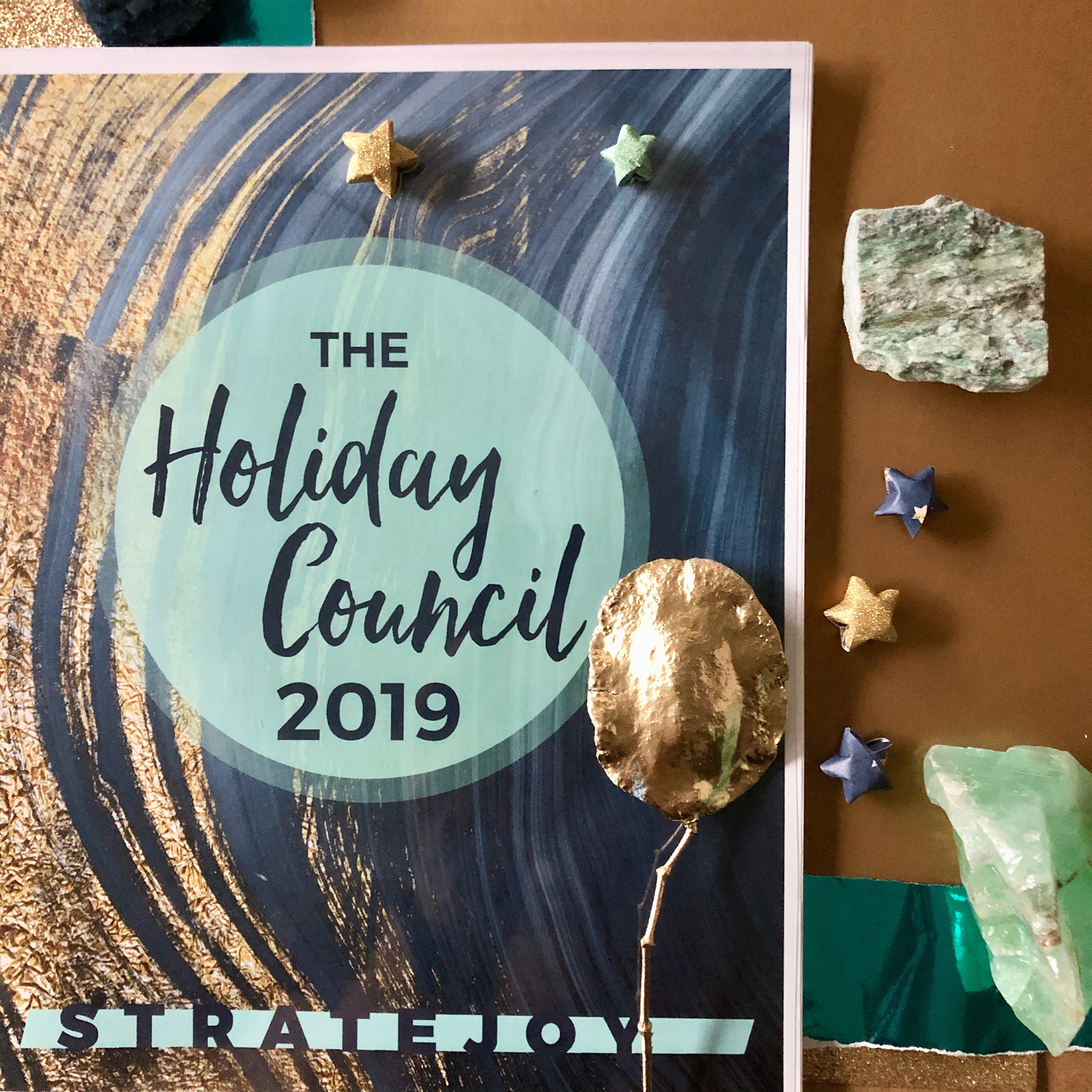
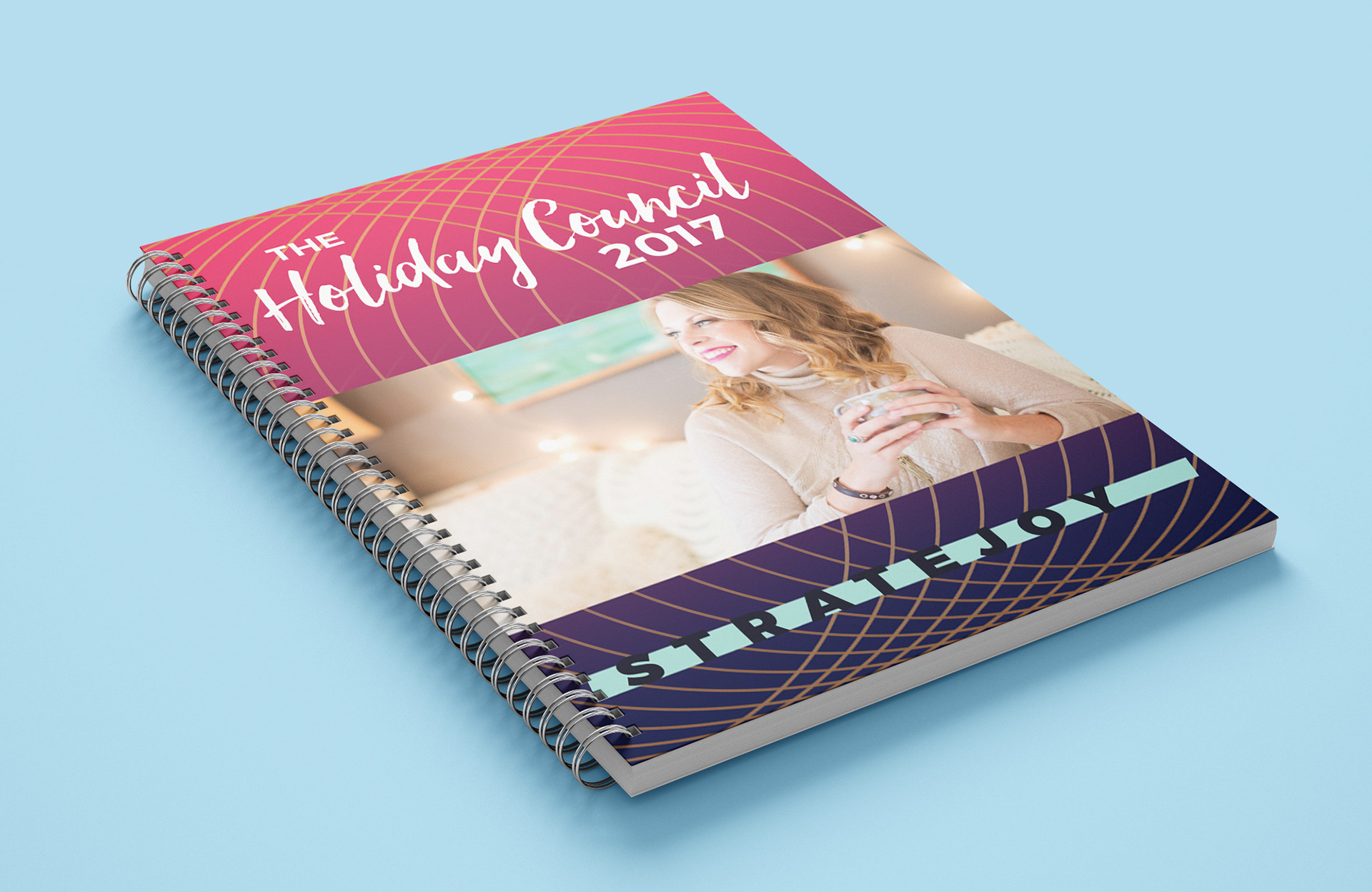
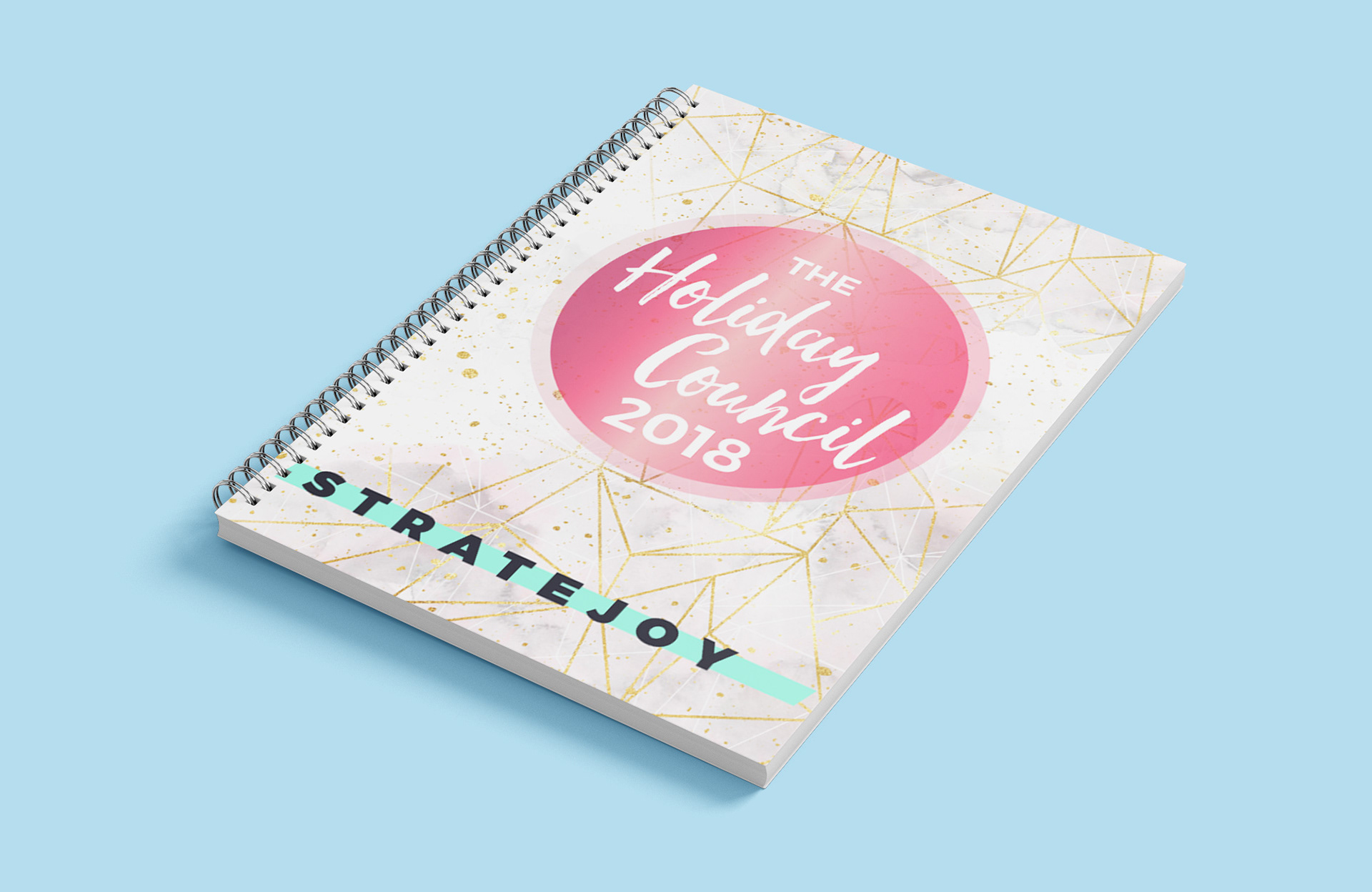
Covers from all workbooks. Molly requested that each book follow an on-trend visual theme for that year.
The Solution
I developed an iterative design process that combined trend-conscious aesthetics with user-centered functionality. Each year featured on-trend visual themes that kept the workbooks feeling current and engaging, while I conducted usability interviews with workshop participants and monitored the group forum for feedback to improve the following year's edition.
The process included adding new content-driven illustrations when Molly created fresh material, expanding planner pages based on user requests, and refining layouts based on real participant behavior. This created workbooks that weren't just beautiful—they were proven to work in real holiday planning scenarios.
The Result
The Holiday Council workbooks became more effective each year through the iterative design and research process. Participants consistently engaged with the materials throughout the holiday season, and the trend-forward designs created excitement that supported enrollment year after year.
The user research approach ensured that each edition solved real problems participants faced, transforming the workbooks from simple workshop handouts into essential holiday planning tools that participants actually used and referenced long after the workshop ended.
Interior pages, 2018. We conducted usability interviews during the 2017 course that we used to create several new pages for this year's course.
Interior pages, 2019. Molly created some new content, so we got to add illustrations this year! Continued improving by adding more planner pages to this edition.
Brain Chemistry Design
On-Trend Annual Themes
Triggers Novelty Excitement: Fresh visual themes each year activate the brain's novelty-seeking centers, creating anticipation and engagement that combats holiday planning fatigue and workshop repetition.
User Research Integration
Builds Cognitive Familiarity: Designing based on actual participant feedback creates workbooks that match how people's brains naturally want to organize information, reducing mental friction and increasing completion rates.
Iterative Design Improvements
Enhances Learning Retention: Each year's refinements based on real usage patterns align with how participants actually process holiday planning, making the workbooks feel intuitive and reducing cognitive load.
Added Planner Pages
Reduces Decision Overwhelm: Expanded planning sections break complex holiday tasks into manageable chunks, preventing the executive function overload that makes holiday planning feel impossible.
Content-Driven Illustrations
Activates Visual Processing: Custom illustrations help participants process and remember key concepts through dual-channel learning, making workshop insights stick beyond the holiday season.
Functional Beauty Balance
Prevents Usage Barriers: Trendy aesthetics create emotional engagement while proven functionality ensures continued use, triggering both pleasure and accomplishment brain responses.
Forum Feedback Monitoring
Creates Continuous Optimization: Real-time user feedback integration ensures designs evolve with participants' changing needs, building trust through responsive improvement cycles.
Stress-Reducing Design Psychology
Manages Seasonal Stress: Visual elements specifically chosen to counteract holiday overwhelm activate calm-inducing neural pathways while maintaining the excitement needed for motivation.
